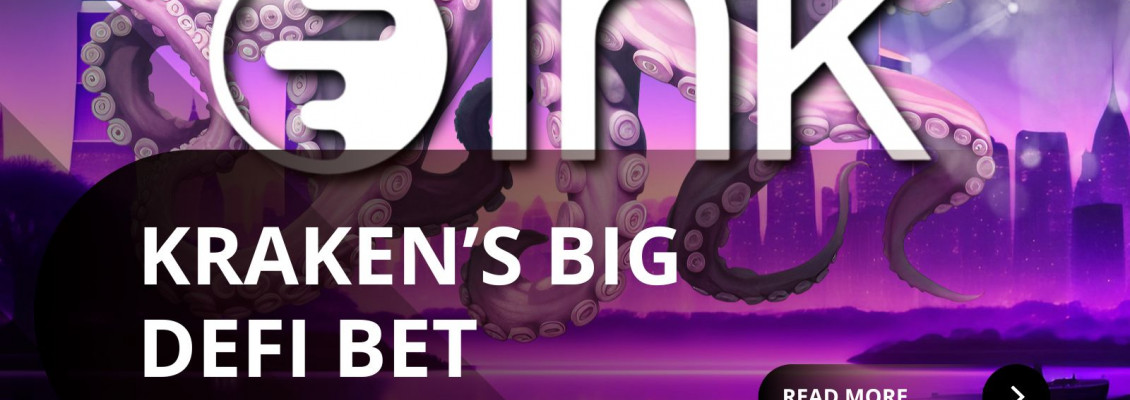
Kraken’s Ethereum Layer-2 project, Ink, is making a bold move by integrating a white-label version of Aave V3 and launching its own native token INK. This signals that Ink doesn’t just want to be another L2—it wants to host deep DeFi activity and become a destination chain.
Ink’s Launch & Purpose
Ink is built on the OP Stack and part of the Optimism Superchain, meaning it leverages Ethereum’s security while enabling faster, cheaper transactions. Kraken fast-tracked its mainnet launch ahead of schedule to meet builder demand.
As a project incubated by Kraken, Ink’s goal is to bridge users from centralized exchange experience into DeFi in a more seamless way, by reducing friction, providing composability, and offering full DeFi tooling from day one.
White-Label Aave V3: Ink’s DeFi Backbone
A huge development: the Aave DAO overwhelmingly approved a proposal (~99.8% support) to let Ink Foundation deploy a white-label version of Aave V3 using its codebase.
This means that on Ink, users will have access to lending and borrowing through a version of Aave's infrastructure—but under a new brand controlled by the Ink team. In return, Aave DAO will receive protocol revenue (at minimum a 5% equivalent on borrow volume) and support the new deployment for six months to ensure its stability.
Ink commits to attracting significant liquidity, setting aside funds to incentivize users and bootstrap usage—with a goal of over $250 million in initial liquidity. As part of the deal, Ink’s team is restricted from working with competing protocols for 12 months.
INK Token: Fueling DeFi, Not Governance
Ink is introducing INK, a native token designed with a clear purpose: liquidity, incentives, participation—not governance. The supply is capped at 1 billion tokens, and INK will not be used to govern the Layer-2 protocol itself.
Its first utility: fueling a liquidity protocol built with Aave’s tech. Early participants and liquidity providers will receive INK via airdrops, helping jumpstart usage.
Unlike many token launches that hinge on governance drama or speculative hype, Ink is positioning its token as a utilitarian tool for onchain activity.
Momentum & Metrics
In anticipation of the token launch, Ink has already seen a surge in on-chain usage: transaction counts have climbed, and more smart contracts are being deployed. Yet, its total value locked (TVL) is still modest—below $10 million.
Ink’s strategy leans heavily on pairing token mechanics with real utility, hoping to break from the cycle where tokens launch before the underlying product is viable.
Why This Matters
-
DeFi under a new model — This deployment blends centralized oversight (management by Ink Foundation) with protocol behavior (Aave’s core code) in a regulated, controlled environment.
-
Scalable DeFi for Kraken users — Users already on Kraken get exposure to full DeFi features with less friction.
-
Competition with Base & others — Ink now competes with L2s like Coinbase’s Base, but with a token model anchored in utility, not speculation.
-
Alignment with Superchain vision — As part of the Optimism Superchain, Ink supports interchain composability and shared tooling across Ethereum L2s.
Bottom line: Ink is charting an ambitious course—hosting its own token and deploying a rebranded Aave as its DeFi engine. If successful, it could become a powerful node in Ethereum’s scaling landscape, combining exchange reach with deep onchain functionality.

Leave a Comment